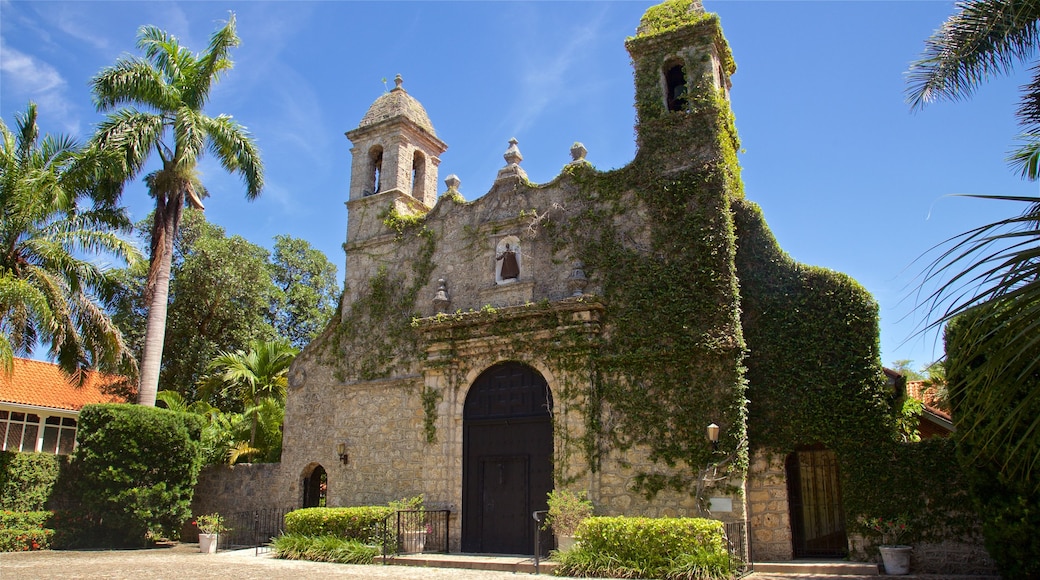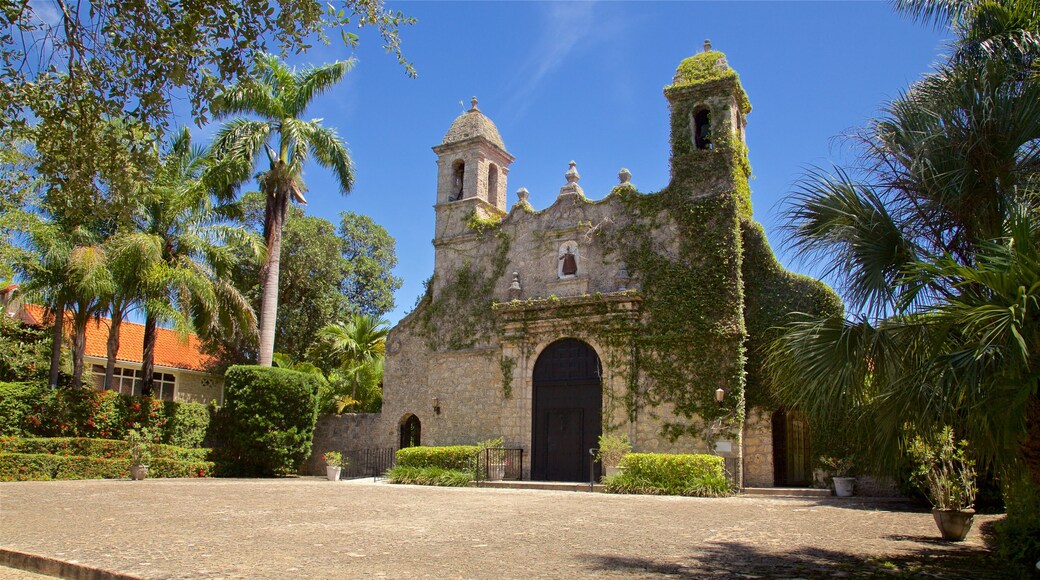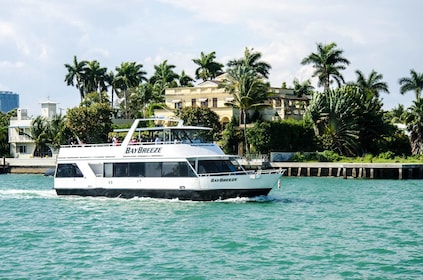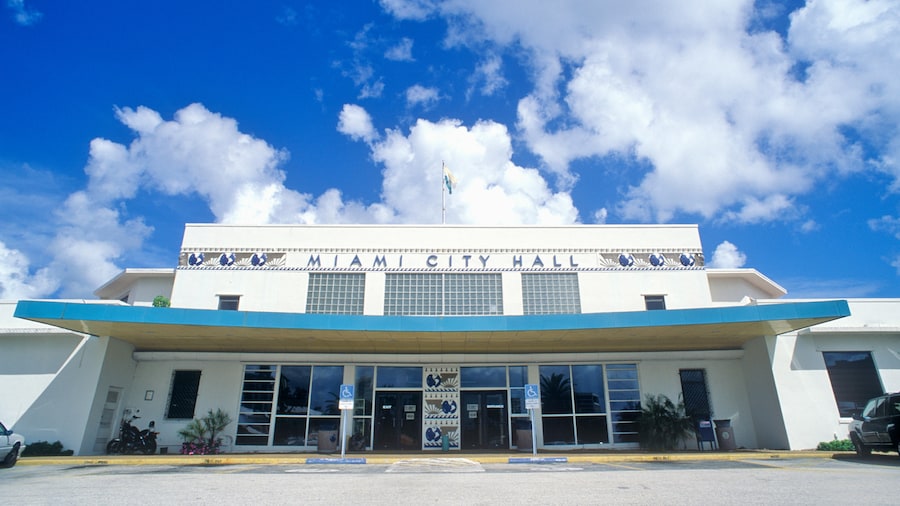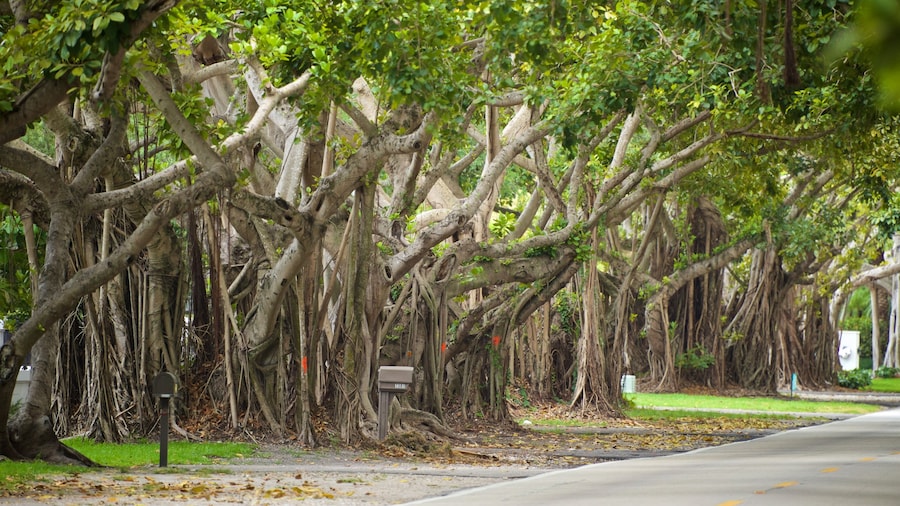Not many churches can claim one man built them. Visit this humble church that remains an integral part of the community over 100 years later.
Plymouth Congregational Church in Miami’s Coconut Grove district looks like a building whose setting might be in Spain or Mexico. In fact, it was modeled after an old city mission church in Mexico and completed in 1917 by a Spaniard and his assistant, using only simple building tools. Stand in front of the church made from locally sourced limestone rock to appreciate the work of stonemason Felix Rebom.
Church doors are focal points this church has a 400-year-old walnut, hand-carved entrance that was once part of a monastery in the Pyrenees Mountains. The bells in the towers also came from overseas, having been cast in the Netherlands. Listen to the pipe organ, if it’s being played, and you will hear the largest in Miami.
The church was enlarged in the 1950s to accommodate its growing congregation. Its design is a cruciform shape with the additions of a transept and chancel. Walk past the side of the church to view the sizeable addition. Look for a building that was the first public school in Miami-Dade County, built in 1887 and originally used as a Sunday school.
The church’s exquisite example of Spanish Mission-style architecture has placed it on the U.S. National Register of Historic Places. During your visit to the church you may be able to witness a wedding. The venue is very popular for this purpose and the building also serves as an attractive background. Go inside to view the detail and craftsmanship. Exposed wooden rafters and cream-colored walls create a striking interior with plenty of natural light from large stained-glass windows.
Open hours for the Plymouth Congregational Church are somewhat irregular. Seeing the residential neighborhood where it’s located is worthwhile even if the church is closed. Visit the church to have a picture taken in front of its striking façade.
